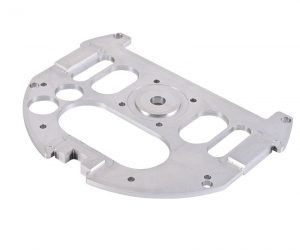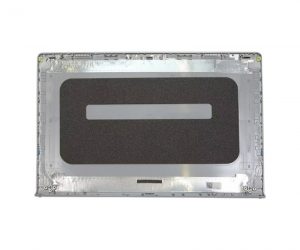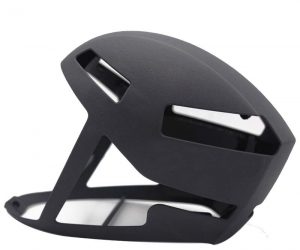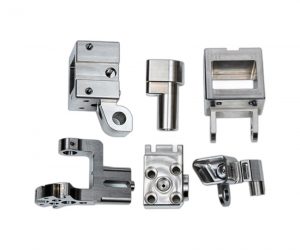Plastic injection molding is a widely used manufacturing process for producing plastic components. Let me quickly introduce the eight key steps involved in this process:
- Mold design: First, create a mold design that outlines the shape and specifications of the required plastic parts. This design includes details such as part geometry, cooling channels, and ejection mechanism.
- Material selection: Choose appropriate plastic materials based on the requirements of the components, such as strength, flexibility, and heat resistance. The commonly used injection molded plastic materials include ABS, PP, PE, and PC.
- Material melting: Put plastic particles or pellets into the hopper of the injection molding machine and melt them in the heating cylinder. Then these melted plastics are ready for injection.
- Injection: Under high pressure, molten plastic is injected into the mold cavity through a nozzle and flow channel system. It fills the cavity of the mold and forms the shape of the required component.
- Cooling: After injection, the mold remains closed, and the plastic cools and solidifies inside the mold cavity. The cooling process determines the final structure of the component and minimizes defects as much as possible.
- Top out: Once the plastic has cooled and solidified sufficiently, the mold opens and the top pin or plate pushes the finished product out of the mold cavity.
- Trimming: Components may have excess material or burrs at the edges due to the molding process. Trim and remove these excess parts to ensure that the final component meets the required specifications.
- Quality inspection: The completed components will undergo a thorough inspection to check for defects, dimensions, and other quality parameters. Unqualified components will be discarded, only qualified components will be prepared for assembly or distribution.
In general, plastic injection molding involves designing molds, selecting suitable materials, melting and injecting plastics, cooling and solidifying parts, ejecting and trimming, and finally conducting quality inspections to ensure efficient and accurate production of high-quality plastic parts.
Injection molding, also known as injection molding, is a common plastic processing method. Its working principle is to inject melted plastic material into a mold, then cool and solidify, ultimately forming the desired plastic product. Injection molding has many advantages, which make it widely used in modern manufacturing.
Firstly, injection molding has fast production speed and high efficiency. Compared with traditional manual manufacturing methods, injection molding can complete a large number of production tasks in a very short period of time. This is because the injection molding process is automated. Simply heat the plastic material to the appropriate temperature and inject it into the mold, and the entire production process can be automatically completed. This efficient production method greatly improves production efficiency, saves time and costs.
Secondly, injection molding can achieve various patterns and shapes. Both simple geometric shapes and complex structural designs can be achieved through injection molding. This makes injection molding widely applicable in manufacturing various products. Whether it's automotive parts, home appliance casings, or medical equipment, they can all be produced through injection molding.
In addition, injection molding can also achieve the production of large-sized and small-sized products. Due to the flexibility of injection mold design, products of different sizes can be manufactured as needed. Both large industrial equipment and small consumer goods can be produced through injection molding. This flexibility enables injection molding to meet the needs of different industries and markets.
In addition, injection molding also has the characteristics of precise product size and easy updating. Due to the precise control of the mold during the injection molding process, the product dimensions produced are very accurate. This gives injection molding a significant advantage in manufacturing products that require high precision. In addition, if the product needs to be updated or improved, only the mold needs to be replaced, without the need to redesign and manufacture the entire product.
Finally, injection molding can also manufacture parts with complex shapes. Due to advances in injection mold design and manufacturing, it is now possible to manufacture parts with complex shapes and structures. This is very important for some parts that require special shapes, such as car engine components, electronic device casings, etc.
Overall, injection molding, as a common plastic processing method, has the characteristics of fast production speed, high efficiency, multiple patterns and shapes, production capacity for large and small products, accurate product size, and easy updating. It has been widely used in large-scale production, complex shaped products, and other mold processing fields.
What are the steps of plastic injection molding?
- Heating and pre plasticizing
- Driven by the drive system, the screw conveys and compacts the materials from the hopper forward. Under the shearing and friction of the heater outside the barrel, the screw and the barrel, the materials gradually melt. A certain amount of molten plastic has accumulated at the head of the barrel. Under the pressure of the melt, the screw slowly retreats. The retreating distance depends on the amount required for one injection of the metering device. When the predetermined injection amount is reached, the screw stops rotating and retreating.
- Mold closing and locking
- The mold locking mechanism pushes the template and the mold moving part installed on the moving template to close and lock with the mold moving part on the moving template, so as to ensure that sufficient clamping force can be provided to lock the mold during molding.
- Injection device moves forward
- When the mold closing is completed, the entire injection base is pushed forward to make the nozzle of the injection machine fully fit with the main runner of the mold.
- Injection and pressure maintaining
- After the mold locking and nozzle fully fit the mold, the injection pressure cylinder enters the high-pressure oil to push the screw forward relative to the barrel, injecting the melt accumulated at the head of the barrel into the mold cavity with sufficient pressure. The plastic volume shrinks due to the temperature drop. In order to ensure the compactness, dimensional accuracy and mechanical properties of the plastic parts, it is necessary to maintain a certain pressure on the melt in the mold cavity to supplement materials.
- Pressure relief
- When the melt at the mold gate freezes, the pressure can be relieved.
- Injection device retreats
- Generally speaking, after the pressure relief is completed, the screw can rotate and retreat to complete the next feeding and pre plasticizing process. (In general, the action that the injection base withdraws from the main gate of the mold has been canceled for existing injection molding. This action is performed for materials with serious salivation, such as PA).
- Mold opening
- After the plastic parts in the mold cavity are cooled and shaped, the clamping mechanism opens the mold and pushes out the plastic parts in the mold.




